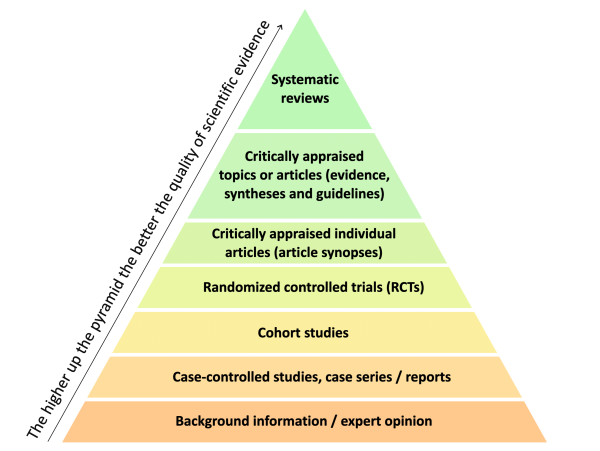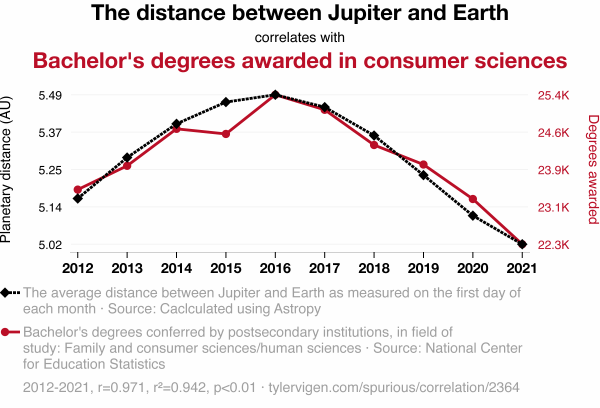How to make a claim for a condition not explained by a Statement of Principle (section 15)
View this page as a two-page PDF [PDF, 280 KB]
The Statement of Principles reflect the current and most up-to-date scientific consensus about the causes of a service-related health condition. We always try to link a veteran’s health condition with their service.
If you believe that there is evidence that your health condition is service-related but is not explained by a Statement of Principle, you can present your evidence to support your claim under section 15(4) of the Veterans' Support Act 2014.
The key to making a claim under section 15
The most important thing when making a claim that doesn’t appear to fit with a Statement of Principle is that you need to tell your story and link your health condition with your service. For that story to be part of a successful claim, it needs evidence.
We need your story to raise a reasonable hypothesis. This is a theory about how your condition is related to your service. Your reasonable hypothesis should be formed from the facts of your qualifying service and from medical information. It must show that it is more than a possibility that some exposure during your qualifying service caused your condition and that it is consistent with the known facts.
Your story aims to lay out the facts and show how they caused your service-related condition
A reasonable hypothesis is made of three things:
- your situation during your service
- relevant facts from that situation, and
- medical and scientific facts.
Here is a fictional example, told by a veteran of the former Yugoslavia:
-
Step 1 Situation during service
I may have contracted Parkinson’s Disease through exposure to a herbicide used in and around the areas I lived in while deployed to the former Yugoslavia between May and August 1998.
-
Step 2 Relevant situational facts
- I spent 14 weeks in the former Yugoslavia, living in four different camps.
- At each camp, XYZ was sprayed once per week around the perimeter of the camp and, to a lesser extent, inside the camp.
- I returned to New Zealand in 1998 and haven’t lived or worked in any other country since.
- The use of XYZ was banned in New Zealand in 1985, and I wasn’t aware of any exposure to XYZ prior to my deployment.
-
Step 3 Medical and scientific facts
The causation of Parkinson’s Disease by XYZ has been shown by:
- Author name, (Date). "Title of relevant peer-reviewed science"
- Author name, (Date). "Title of relevant peer-reviewed science"
- Author name, (Date). "Title of relevant peer-reviewed science"
-
Step 4 Reasonable hypothesis
These three parts of the story come together to form a reasonable hypothesis.
Factual information to support a reasonable hypothesis
Standard of medical or scientific evidence
The standard of evidence for a section 15(4) claim must be consistent with proven or known scientific facts. It must:
- be specific to the reasonable hypothesis
- be from peer-reviewed journals
- reflect a causal relationship, not just a correlation
- reflect a scientific consensus, meaning it is not an isolated finding — there needs to be more than one article.
Sources of evidence
Sources of evidence may include:
- a veteran’s medical records
- a veteran’s service record
- medical and clinical filings
- medical specialist opinions
- New Zealand case law
- overseas case law
- previous decisions of Veterans’ Affairs.
Legal evidence
Legal evidence from New Zealand and overseas may help demonstrate a factual connection between the circumstances specific to your service, the claimed condition, and a connection to qualifying service.
Reliable sources of medical or scientific evidence
We can consider:
- systematic reviews — for example, the Cochrane Database of Reviews
- critically appraised topics that are current and offer factual and relevant evidence.
We cannot consider:
- animal studies
- isolated genetic studies
- other articles without references.
What is good medical scientific evidence?
If your reasonable hypothesis is not covered within known scientific evidence or any of the Statement of Principles, we need to understand from you why you believe this to be true. For this, you need to provide us with high-quality scientific evidence to support the link between your service and your health condition.
The hierarchy of evidence
Some evidence is better than other evidence
The quality of scientific evidence ranked from strongest to weakest:
- Systematic reviews
- Critically appraised topics or articles (evidence, syntheses, and guidelines)
- Critically appraised individual articles (article synopses)
- Randomized controlled trials (RCTs)
- Cohort studies
- Case-controlled studies, case series or reports
- Background information or expert opinion

Hierarchy pyramid of scientific evidence
Systematic reviews are best
The best kind of evidence for use in your claim comes from systematic reviews. These are the critical appraisals of research into a particular area. Systematic reviews evaluate all of the studies made about that area. The outcome of this kind of review reflects the collected evidence.
Individual studies are okay
Individual studies vary in reliability. Their strength is based upon all the efforts made to remove scientific bias and control for chance. The more these are controlled for, the more valuable the study will be.
Single studies are not particularly valuable
A single study that hasn’t been repeated in different populations of people is not particularly valuable. The more studies that show the effect, the better.
Correlation is not causation
Sometimes, studies show a statistical relationship between two things. However, the presence of a statistical relationship by itself can’t show that one caused the other. The key point is not to immediately connect correlation with causation.
For example, the distance between Jupiter and Earth can be plotted closely with the number of Bachelor’s degrees awarded over the same 10-year period. There is a strong correlation but no causation at all.

The distance between Jupiter and Earth correlates with Bachelor's degrees awarded in consumer sciences
How to make a claim under section 15
Any claim considered under section 15 means that we have not been able to find any medical or scientific evidence to support your claim. Therefore it is extremely important that the information you provide is of a high quality and supports a causal link to military service.
You can make a claim under section 15 by emailing: VAmedicalreports@nzdf.mil.nz
Information about claims
- Processing times for claims
- How to make a claim
- What to expect after you have made a claim
- How to make a claim for a condition not explained by a Statement of Principle (section 15)
- Determining a claim under section 14 or section 15(4) of the Veterans’ Support Act 2014
